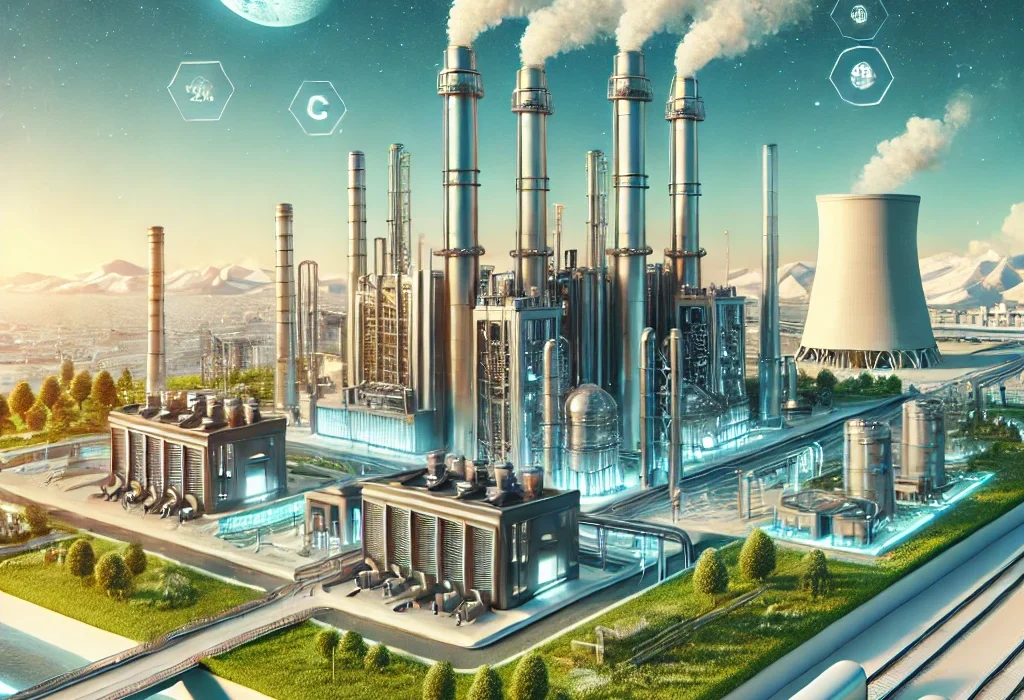With growing concerns for climate change, carbon capture and storage technologies are taking off as useful innovations for greenhouse gas emissions removal. CCS technologies involve collecting industrial pollution in the form of carbon dioxide from industrial processes and depositing it underground. This is to prevent the gas from being released into the atmosphere.. This method of carbon capture is considered a key approach towards achieving emission targets for heavy industries such as power generation, cement processing, and steel production.
How does CCS work?
There are three primary steps that define the workings of CCS technologies:
Capture: Carbon Capture and Storage Systems capture CO₂ by separating it from other gases released during industrial processes, using methods like post-combustion, pre-combustion, and oxy-fuel combustion.
Transport: The captured carbon emissions are stored in liquid form for easier transport through pipelines and subsequently injected into deep geological formations like depleted oil and gas fields or saline aquifers.
Storage: Once the carbon dioxide is injected, it is securely kept for hundreds of years.
Advantages of CCS Technologies
Reduces Carbon Emissions: Industrial facilities relying on CCS emission technologies capture up to 90% of CO₂ gas, greatly reducing global pollution levels.
Supports Clean Energy Transition: These systems allow industrial processes to remain operational while shifting towards renewable sources of energy.
Enhances Oil Recovery: Carbon stored underground can also serve in enhanced oil recovery works, improving the effectiveness of oil extraction.
Long-Term Climate Solution: While the focus is on scaling up renewable technologies, CCS offers a robust pathway for emissions management.
Challenges and Future Prospects
There are drawbacks to CCS technologies that include cost, energy usage, and the requirement of massive systems. Still, its adoption is being shaped by continual studies and government subsidies. The development of direct air capture (DAC) and carbon mineralization technologies are helping to further broaden the scope of CCS.
Final Thoughts
Industrial carbon dioxide emissions can be countered with CCS technologies, as more innovations and applications emerge, so does the promise towards addressing climate change more profoundly. These technologies can help spearhead multi-faceted efforts towards global decarbonization.
An engaging community experience awaits you at Engineer’s Heaven where you can write or read Engineering related blogs, images, videos, FAQs, and so much more!





